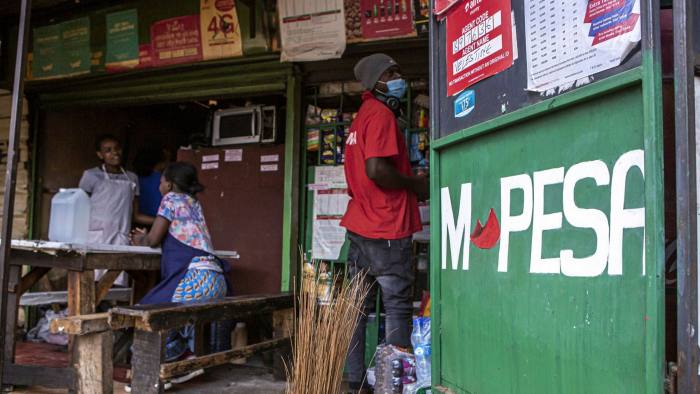Mobile payment services are becoming more popular globally as a cash substitute for people in low- and middle-income nations. As of 2020, over 1.5 million person-to-person transactions were processed every hour.
In its latest annual State of the Industry report, the Global Telecoms Manufacturers Association (GSMA) reveals that in sub-Saharan Africa, $697.7bn (+40% YoY growth) was processed through mobile payment solutions. The region also accounts for nearly 70% of the total amount of global transactions(1$ trillion) recorded during the past year, far ahead of South Asia ($156.3bn).
More data from the GSMA’s report announced that there are already more than 184 million active mobile money wallets, up from 161 million accounts just over a year ago, in Africa.
Africa has become a forerunner and a significant driver in the mobile money market.
The mobile money sector, in particular, played a significant role in 2021 in assisting small businesses to operate more effectively and enhance the consumer experience. Due to the rapid digitization of payments, both businesses and consumers can now access more goods and services, improve their financial sustainability, and create new business prospects.
In the coming years, the GSMA projects a significant growth in both long-established mobile money markets and markets where mobile money services are still nascent, especially in South Asia and African countries such as Nigeria, Ethiopia and Angola.
For instance, in 2021, Ethiopia saw the launch of a mobile network operator (MNO)-led mobile money service, and the Central Bank of Nigeria granted Approval in Principle to leading MNOs to run mobile money services in the country.
In the span of a decade, the number of mobile money providers has almost doubled and their reach has grown dramatically. In 2012, most services (83%) had fewer than 100,000 active accounts and only four (2%) had more than a million active users. By 2021, this number had grown to 67 services (22%) and the landscape was much more complex, with services of all sizes.
Despite the huge success of mobile money services in many African countries, the sustainability of mobile money services remains stifled by certain policy and regulatory interventions, such as transaction taxes, poorly implemented instant payment solutions, and expensive data localization mandates.
Also, the high cost of compliance in the industry is shared by both the mobile money providers and the customers, which may negatively affect future investments in, and customer usage of, mobile money services.
In a recent report from The Africa Report, Ghana’s parliament adopted a 1.75% tax called ‘e-levy’, which targets all types of transactions above 100 cedis (about $13), at the end of March. Additionally, the government of Cameroon introduced a 0.2% tax on money transfers and withdrawals from mobile money solutions, earlier this year. Both levies have not been well received by mobile money users.
This, among other events, shows that to ensure the continued success of mobile money services, cooperation between decision-makers, regulators, and industry leaders is critical.
On the 23rd of September, TechCabal will be hosting the Future of Commerce conference to discuss the various trends that have shaped the mobile money market in Africa and how they will drive the growth of commerce in Africa. This conference will feature industry experts including Nika Naghavi, executive director (MNOs) at MFS Africa, Fawzia Ali-Kimanthi, acting chief consumer business officer at Safaricom and Esigie Aguele, co-founder and CEO of VeirfyMe Nigeria.
The Future of Commerce 2022 is brought to you by TechCabal in partnership with Moniepoint by TeamApt and is sponsored by dLocal, KasuwaGo, and QoreID, with Wimbart as a media partner. Register here to attend the conference.











